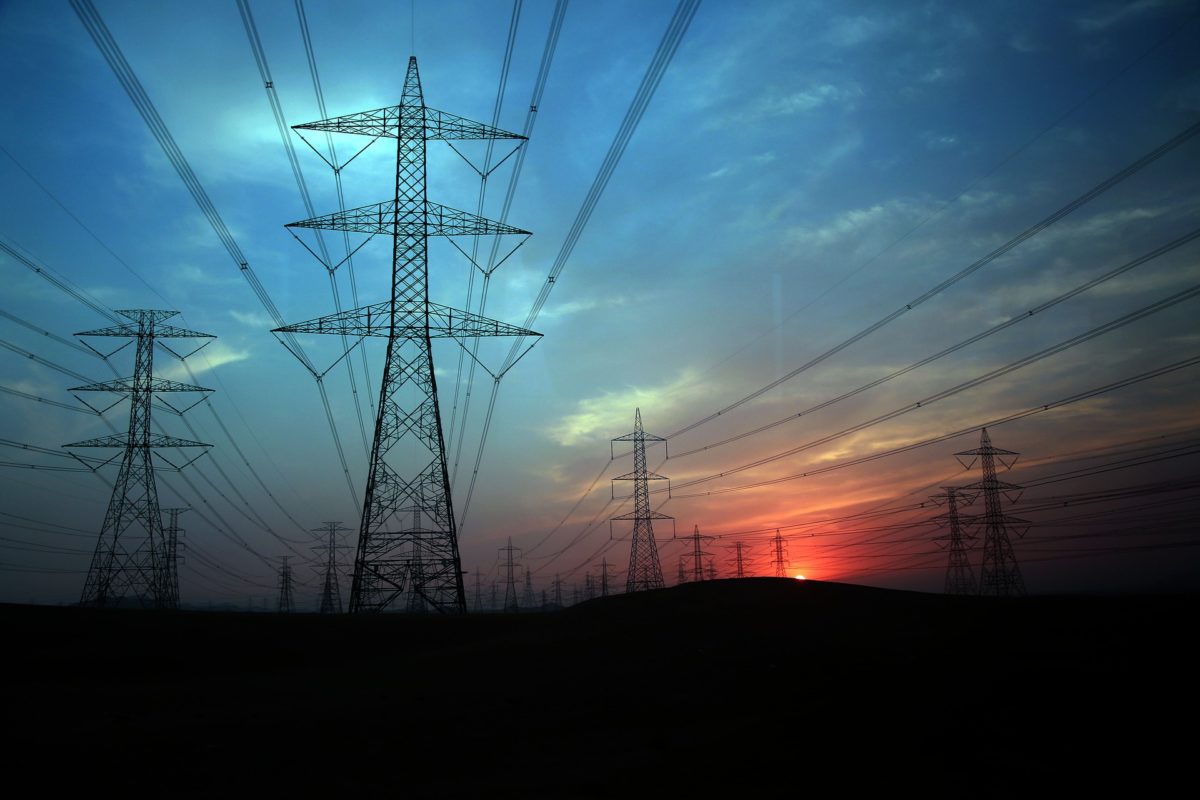Dutch grid company Tennet has issued a fresh warning about network congestion caused by the “rapid growth of wind and solar farms,” this time in the Gelderland and Flevopolder regions in the central and eastern Netherlands.
A notice issued by Tennet to regulator the Authority for Consumers and Markets (ACM) stated the electric grid company would have to split the Flevoland-Gelderland-Utrecht 150 kV network into at least four sections, each with a connection to the 380 kV grid; install new transformers to raise 150/380 kV transformation capacity; and possibly upgrade 150 kV connections in the areas affected.
Issuing the official notice of the problem this month, Tennet said 4.8 GW of solar and wind generation capacity was either already in place or under development in Gelderland and Flevopolder – the equivalent of six conventional power plants – and all of the regional network's 5.6 GW electricity transmission capacity has been contracted out.
The grid company, which also serves customers in Germany, said adding transformers at Dodewaard, Doetinchem, and Lelystad, “among other places,” would take place in 2026-29. The company told the ACM, upgrading the network would take three to seven years and energy bottlenecks should be anticipated from this year until 2029.
Tennet said it “is expected to invest” €450 million in upgrading the grid in the areas concerned and also said it was exploring network congestion management using “a method based on the electricity market to create more space on the grid and at the same time prevent overloading of the electricity network.” That has previously referred to potentially offering incentives to generators to curtail output during periods of congestion.
This content is protected by copyright and may not be reused. If you want to cooperate with us and would like to reuse some of our content, please contact: editors@pv-magazine.com.




I took a look at “Gelderland” on Google Earth (April 2020). Arnhem is in Gelderland. A rough guess suggests that less than 5% of households have any PV. There is a bit here, a bit there but nothing to speak of.
This raises an interesting question. Why not avoid the need for transmission reinforcement by putting the PV where electricity is consumed? On residential roofs. Whilst I appreciate that there would need to be some storage (batts & perhaps electrolysers) to absorb PV in the summer, this approach is likely to be cheaper than throwing money at Tennet.
The problem with the emergency energy transformation that the EU needs to move through is that at the moment, most of the focus is on top-down/large-scale systems. But as the article notes, these cause their own problems. (By the way – I’m guessing one of the PV developments will be at a disused airfield – in the National Park.
Suggestion to PV magazine: instead of reporting developments, it might be useful to have a critique of these developments – as per the above. Maybe that’s what the BTL is about. That said – might be useful to have it along side.
Hi Mike,
Thanks for your comment. Hopefully the more long-form articles in our printed magazine will critically question the approach of the organisations we report on, although we do include opinion and analysis pieces on the appropriate section of this website. Here on news, though, we try to apply a strictly disinterested approach to reporting developments. I’m afraid I don’t know what BTL is. Buy-to-let is the phrase that springs to mind when I see that initialism!
The problem with roof top solar systems, especially with batteries is that companies that sell electricity lose money. It is probably a better solution as most of the power is already distributed but large power companies are against it as they would lose profit.
problem is that solar output is zero at 5pm in winter
in The Netherlands, when these transmission lines are expected to be at full capacity so solar is no use to solve this problem